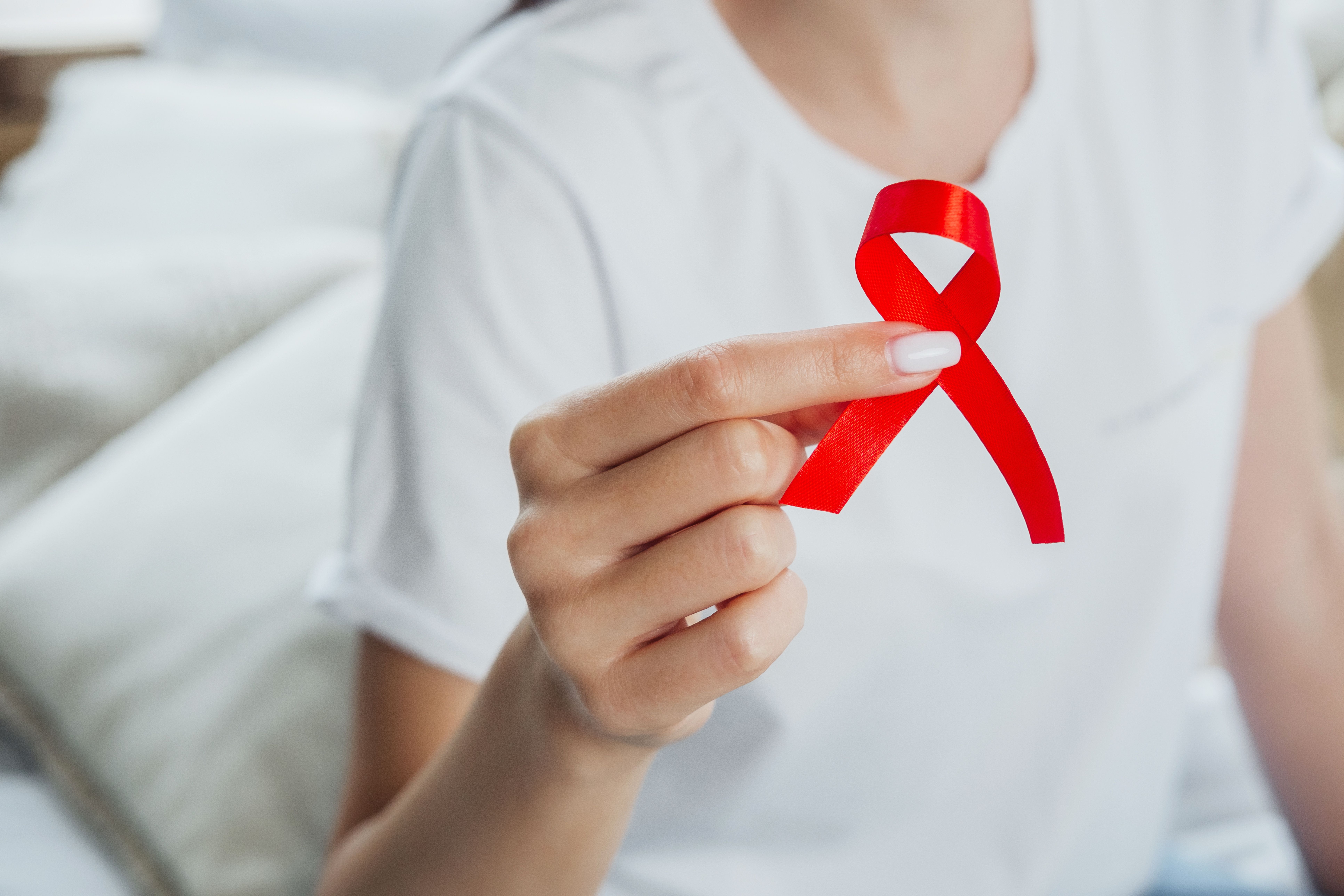Article
Implementing Three Key Quality Measures Could Cut Opioid Addiction Deaths
Author(s):
When medical care recommendations are followed for handling patients with opioid addiction, the death rate among these patients can decrease by up to one-third, according to new research.
When medical care recommendations are followed for handling patients with opioid addiction, the death rate among these patients can decrease by up to one-third, according to new research.
A RAND corporation study explored the association of medical care recommendations and a decreased risk of death through an analysis of the care provided for those in the Department of Veterans Affairs (VA) healthcare system.
The study found a lower death rate among those who have an opioid addiction, but were not prescribed opioids or any other common anxiety medications, received psychosocial counseling, and attended quarterly physician visits.
“This is a very large drop in mortality and we need to conduct more research to see if these findings hold up in other patient care settings,” said Katherine Watkins, MD, lead author of the study and a physician scientist at RAND. “But our initial findings suggest that these quality measures could go a long way toward improving patient outcomes among those who suffer from opioid addiction.”
Since mortality rates are 6 to 20 times higher for those who misuse heroin and prescription opioids, this study aimed to uncover certain quality measures in providing the necessary medical care for those dealing with addiction.
In 2007, 32,4222 patients in the VA health system were identified to have an opioid use disorder. Through analysis of health records, the researchers were able to recognize certain quality measures that could affect the patient’s outcome. Following a key 3 measures would drop the death rate from 6% to 4% over the course of one year.
“The findings suggest that a key to reducing mortality may be to minimize prescribing opioid pain medications and benzodiazepines to people with opioid addiction” said Watkins. “While avoiding benzodiazepines is relatively easy since good alternatives are available, avoiding the use of opioids may be harder to achieve because they remain the best way to ease acute pain.”
The study attributed the association between lower mortality rates and psychosocial treatment to the connection with a physician or caregiver. This allowed the doctors to quickly notice any changes or relapses in a patient because they will regularly meet with them.
Watkins emphasized the need for more research of the quality measures in treatment settings that are different than the VA. More research among other groups and medical providers could provide new quality measures that could contribute in lowering the opioid addiction mortality rate.




